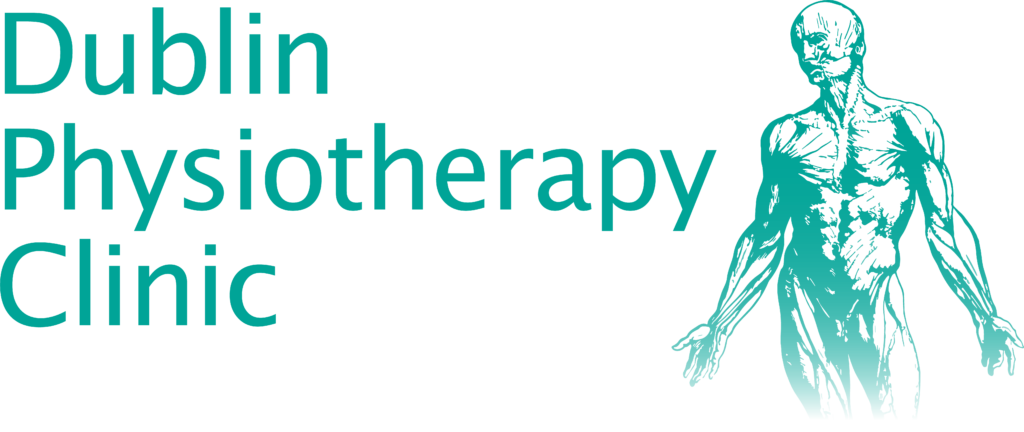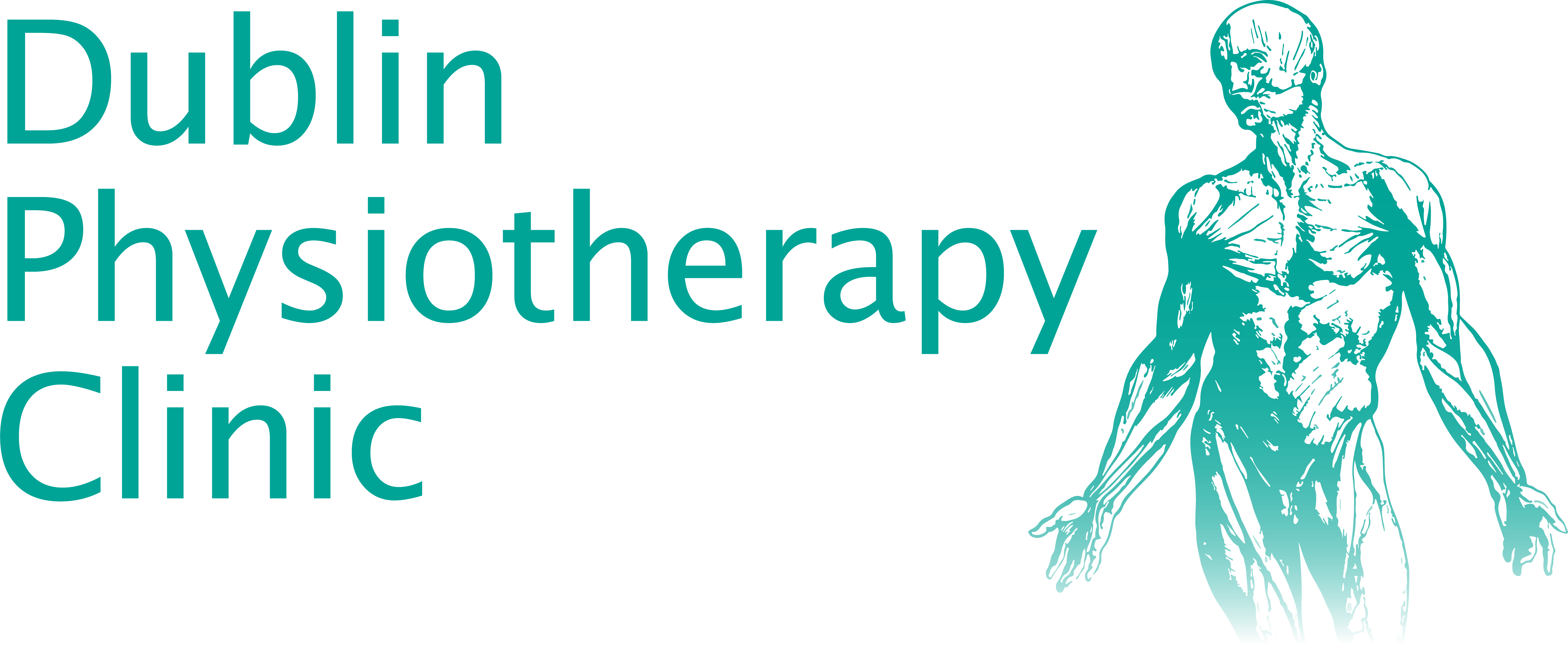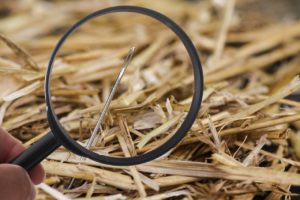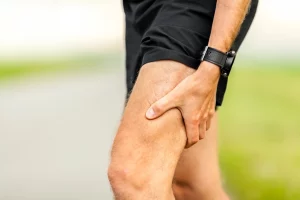In all his videos, chartered physician David Fitzgerald has looked at some of the biggest and best known “clinicians’ nightmares”. The most recent topic was whiplash and today he is talking about tennis elbow.
As always, you can find a summary of his video in this article, however, if you would like to know more on his expert opinion on tennis elbow, you should definitely watch the video below.
What is tennis elbow?
When we talk about tennis elbow, we refer to one of those conditions in which the patient feels pain on the outer side of the elbow, as opposed to the “golfer’s elbow”, a situation when the patient feels pain on the inner side.
This condition is known for being chronic, with a time course pretty hard to predict. It usually refers to tendonitis of the insertion of the forearm muscles on the outer bony edge of the elbow. For this reason, it affects not only the elbow area but also the muscles at the back of your forearm, which extend to your fingers and wrist. When the tendon in this area gets irritated, this usually causes a specific sharp pain related to gripping activities. A good example is difficulties pouring a kettle; to do so, you have to work the muscles and put tension through the area, factors that usually cause aggravation.
As ironic as it may sound, most tennis elbow cases don’t happen for playing tennis, although grip seems to be a component of what causes this condition.
How does tennis elbow happen?
We’re usually talking about situations in which the patient has been practicing an activity that needed a fair amount of grip and hanging work. The involvement of constant elbow bending and straightening (hence the origin of the term “tennis elbow”) causes friction on the outer edge of the elbow. In these situations, the pain can come from the actual tendon on the outer edge. When people present these symptoms in the forearm muscles it’s usually a better prognostic sign as the muscle is a much bigger blood supply, which will guarantee a better recovery rate.
On the other hand, when the irritation is very focal and specific, people get acute soreness on the outer edge of the elbow, a much harder thing to predict.
When it comes to tennis elbow, unfortunately, the reality is that it’s not easy to estimate. Whether this will take weeks to resolve itself or if it will evolve into one of those chronic tennis elbows that can go on for months. When the latter situation happens, a portion of the nerves involved never settles down. This affects in particular people doing jobs that require a lot of gripping and strength. People who work as construction workers are always using power tools and putting a continuous load on their forearm and this can cause them some trouble. When these activities cause aggravation, in fact, it usually affects the dominant arm and, as patients don’t have the option to rest, it can affect their work.
Can physiotherapy help?
From a physiotherapy point of view, David says, it’s common that the clinicians decide to use certain kinds of taping to unload the sensitive area. From electrotherapy devices to manual therapy and dry needling, there are many different ways in which physiotherapists can try to repair the area and stimulate the recovery process.
Ultimately, what’s important is to identify what the real cause of the tennis elbow is, in order to advice the patients on some precautionary measures to take to prevent this from becoming a chronic problem. This condition is, in fact, multifactorial, with possible contributions from the neck, the shoulder and the nerve tissue that runs down the arm and across the elbow. Very often, looking for signs of abnormality in the tissues can be the best way of identifying the source of the problem. Once this has been identified, choosing the right therapy for the patient is much easier.
These are only a few of the things you should know about tennis elbow, if you want to hear more of David’s expert opinion on the matter, make sure you check out the video above and watch out for his next video next week.





